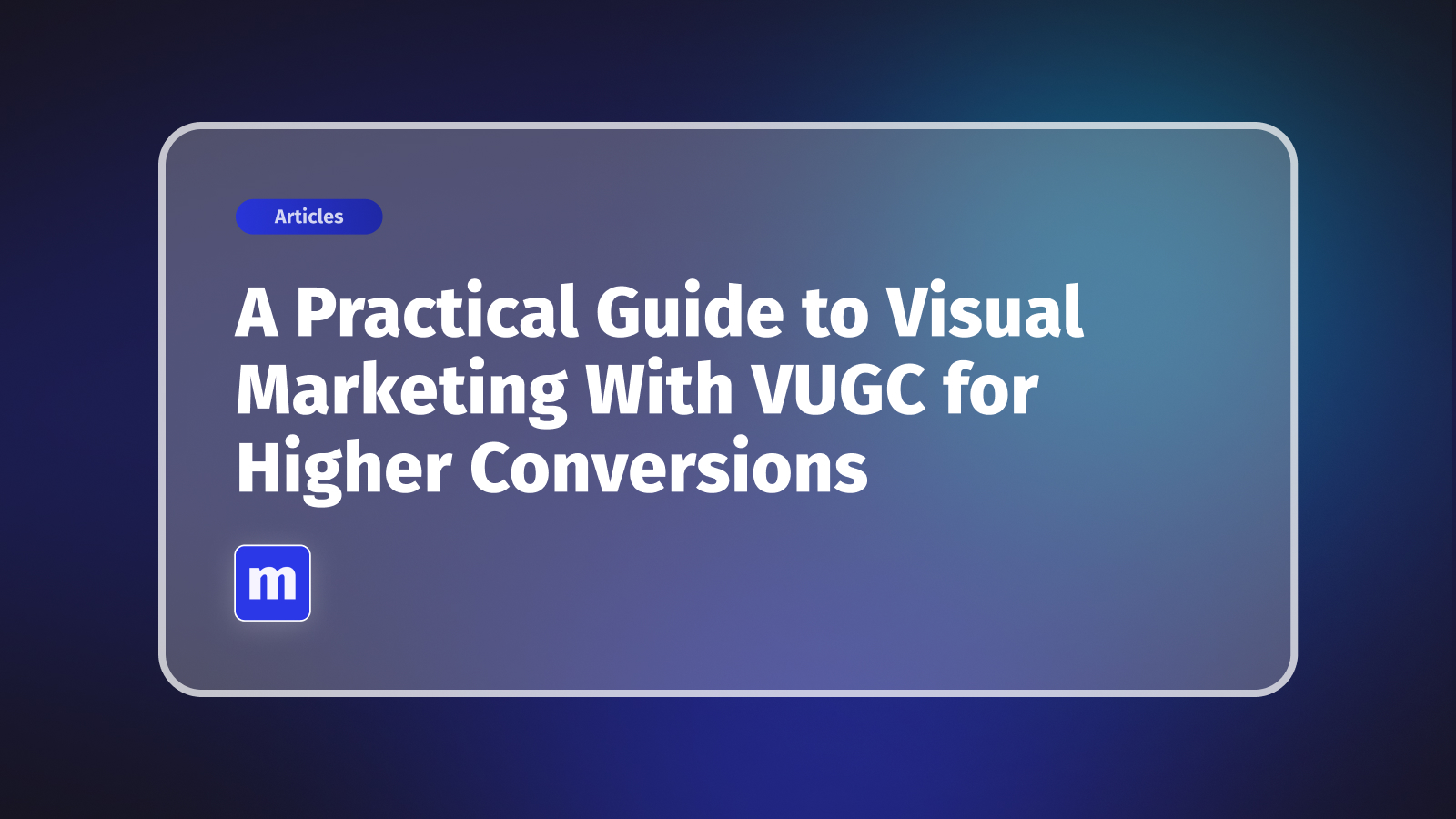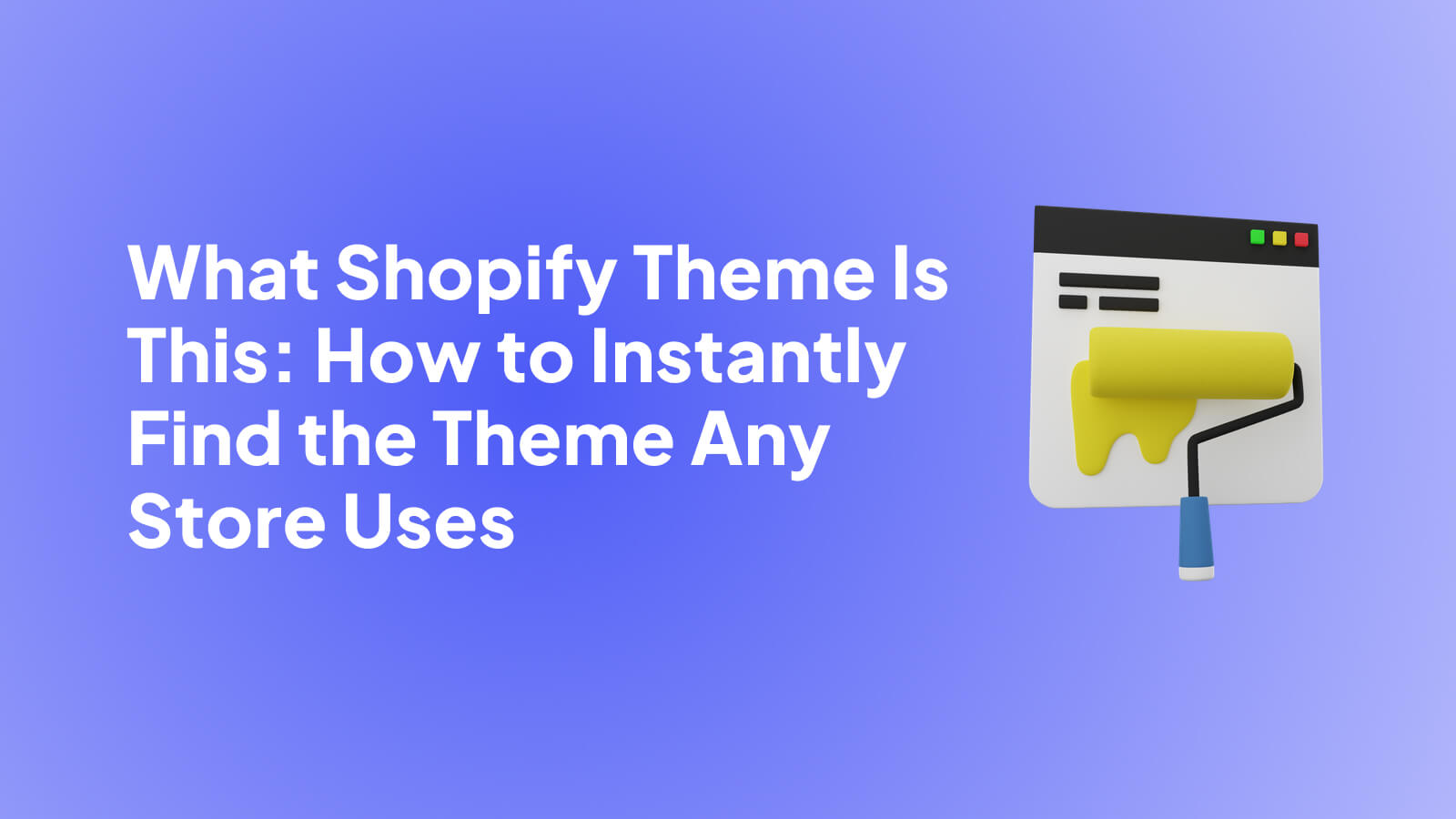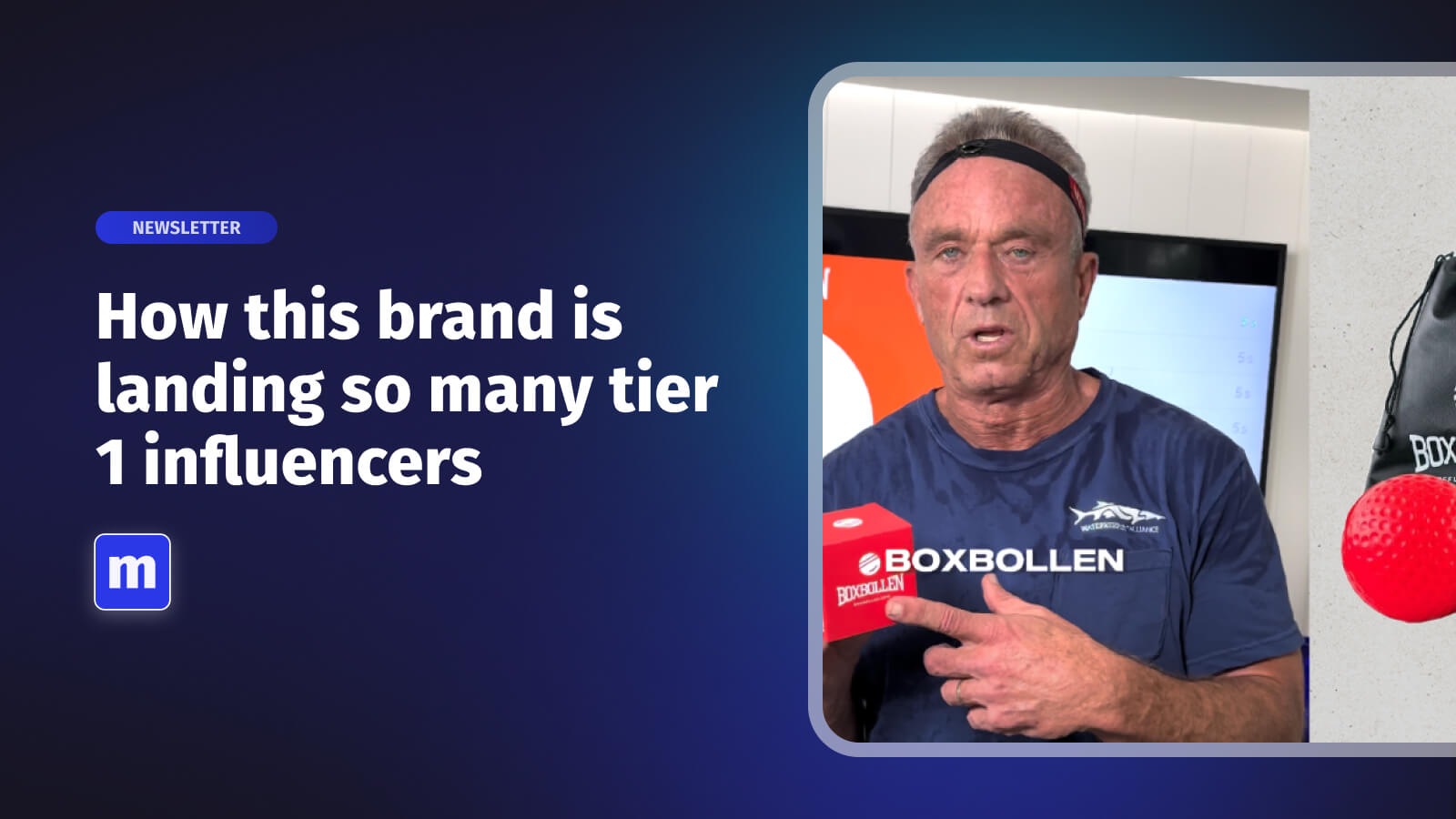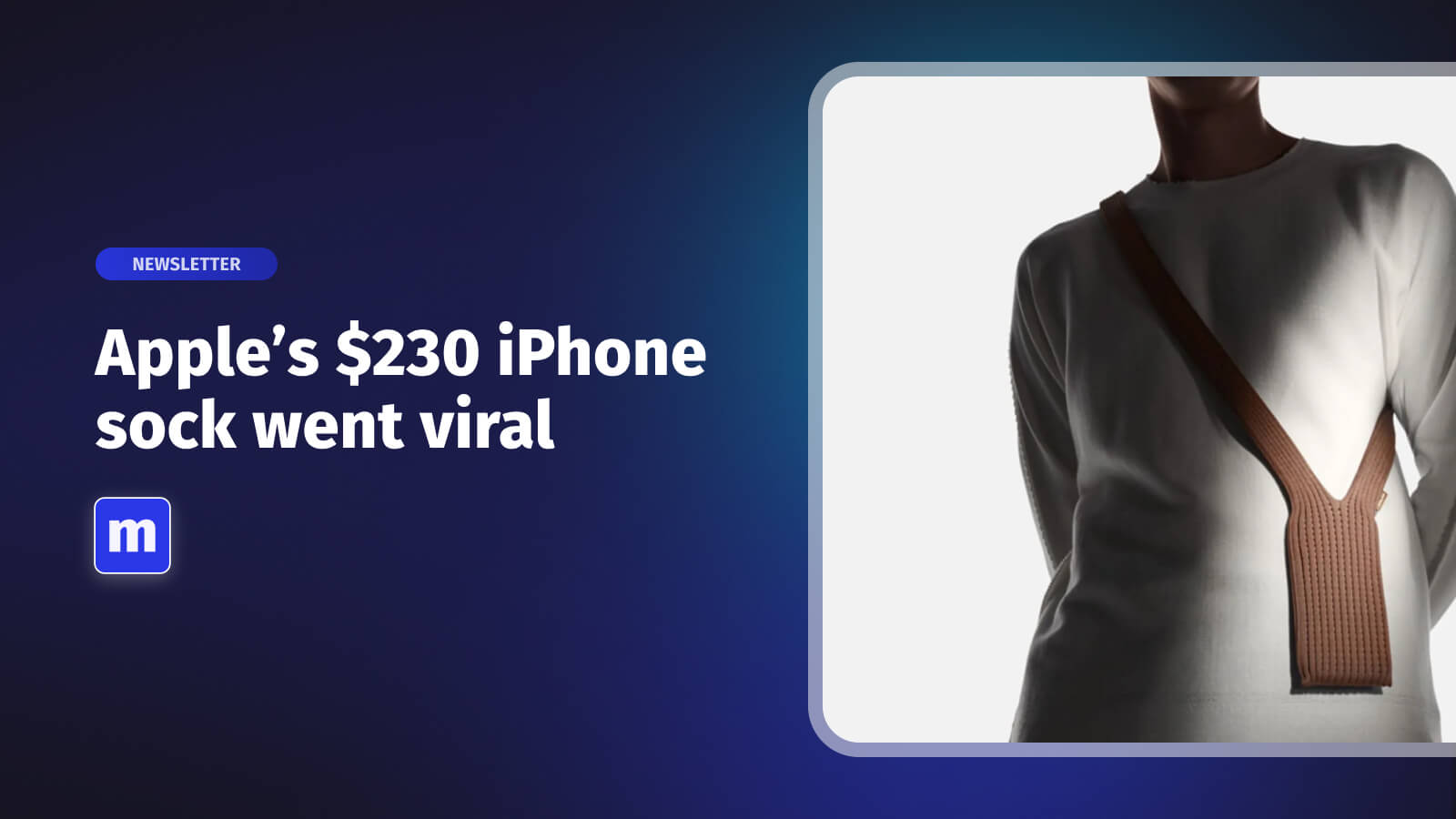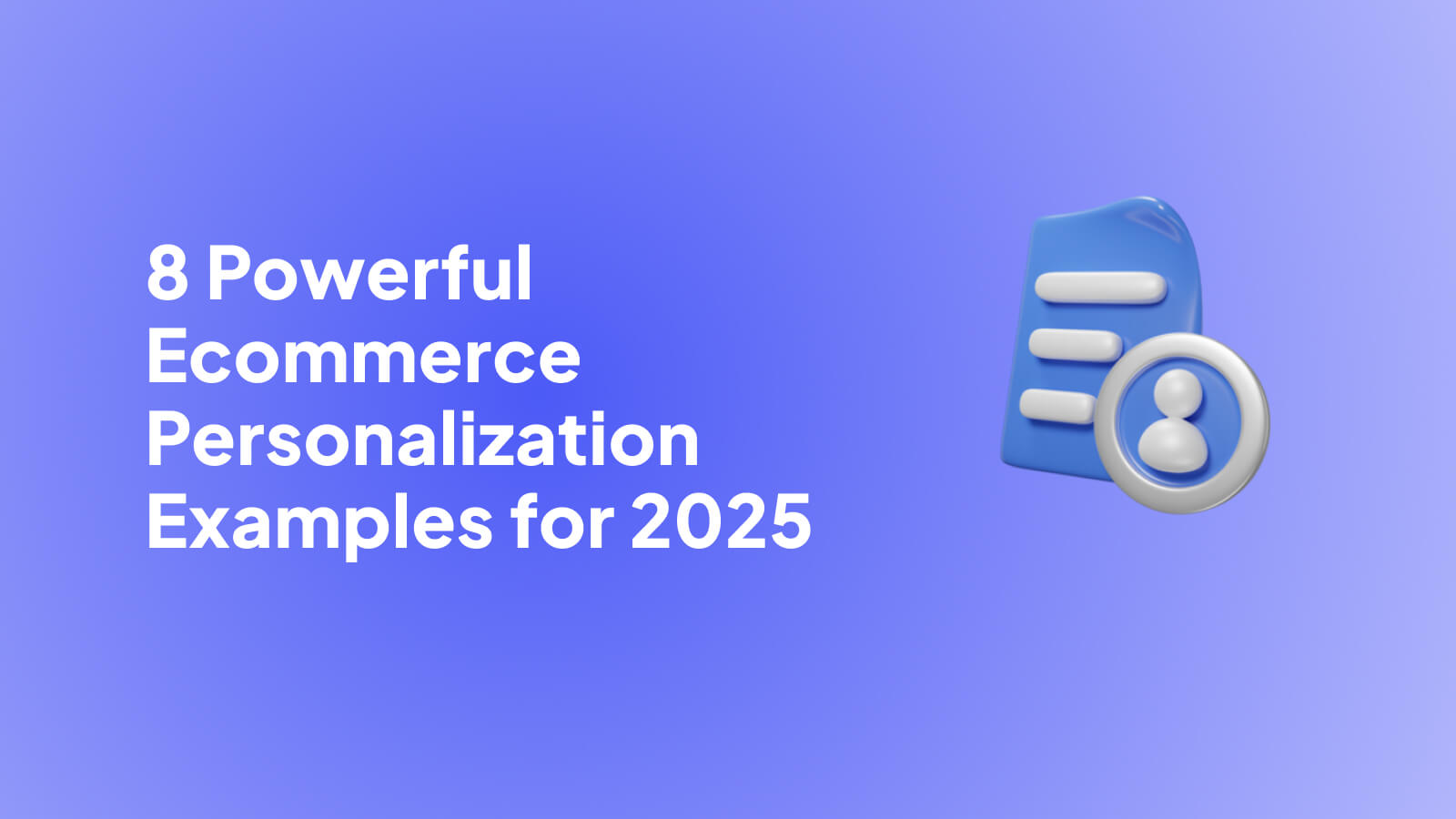
- 1. Product Recommendations Based on Browsing History
- 2. Dynamic Pricing Based on Customer Segments
- 3. Personalized Email Marketing Campaigns
- 4. Customized Homepage and Landing Pages
- 5. Behavioral Retargeting and Remarketing
- 6. Personalized Search Results and Filters
- 7. Tailored Loyalty Programs and Rewards
- 8. AI-Powered Chatbots and Virtual Shopping Assistants
- 8 Ecommerce Personalization Examples Comparison
- From Examples to Execution: Your Personalization Roadmap
In the crowded digital marketplace, generic shopping experiences are a fast track to obscurity. Today’s customers don’t just appreciate personalization; they expect it. This is the silent conversation happening between your brand and every visitor, a critical dialogue that turns casual browsers into loyal advocates. But what does effective personalization actually look like in practice? It extends far beyond using a first name in an email. It’s about leveraging real-time data to create a seamless, intuitive, and uniquely relevant journey for each customer.
This article moves past theory to provide a deep dive into powerful ecommerce personalization examples, with a special focus on strategies that Shopify merchants can implement today. We will dissect the "how" and "why" behind successful tactics, from AI-powered recommendations and dynamic pricing to personalized search results and hyper-relevant shoppable videos.
You won't find surface-level descriptions here. Instead, you'll get a strategic breakdown of each example, complete with actionable takeaways and replicable methods to help you transform your store's customer experience. Get ready to see what's possible and learn how to implement these strategies to drive tangible growth and build a more resilient brand.
1. Product Recommendations Based on Browsing History
This foundational personalization tactic transforms a user’s passive browsing into an active, guided discovery. It involves a dynamic system that analyzes a visitor's real-time and historical on-site behavior, such as product page views, time spent on specific items, and click patterns. By leveraging this data, often with machine learning algorithms, your store can predict which other products the shopper is most likely to find appealing and present them dynamically. This is one of the most powerful ecommerce personalization examples because it directly mirrors the helpful experience of a knowledgeable in-store sales associate.
Strategic Analysis
The core strategy here is anticipatory selling. Instead of waiting for a customer to use search or navigate complex menus, the system proactively surfaces relevant items. This reduces friction in the discovery process, keeping shoppers engaged and moving them closer to a purchase. It creates a sense of being understood, which is a powerful driver of customer loyalty.
Key Insight: This tactic is most effective when recommendations are context-aware. For example, recommendations on a product page should be complementary (e.g., a camera lens for a camera body), while recommendations on the homepage can be based on broader category interests recently shown by the user.
Actionable Takeaways for Shopify Merchants
- Implement Tiered Logic: Start simple. Initially, you can show products from the same collection a user is browsing. As you gather more data, layer in more sophisticated logic, like showing "Customers Also Bought" or "Inspired By Your Browsing History" widgets.
- Utilize Smart Placement: Don't just place recommendations at the bottom of a product page. Integrate them strategically on the homepage for returning visitors, within the shopping cart to increase Average Order Value (AOV), and even in post-purchase emails.
- Leverage Shopify Apps: You don't need a data science team. Apps like Rebuy, LimeSpot, or Wiser integrate directly with your Shopify store to analyze customer data and automate the display of personalized product carousels based on browsing history.
2. Dynamic Pricing Based on Customer Segments
This advanced personalization strategy moves beyond a one-price-fits-all model by algorithmically adjusting what a customer pays. It leverages data like purchase history, customer loyalty status, geographic location, or real-time demand to present a tailored price. While pioneered by industries like airlines and ride-sharing (e.g., Uber's surge pricing), its application in retail ecommerce is a sophisticated way to optimize revenue and conversions. This is one of the more controversial but powerful ecommerce personalization examples, as it directly impacts profitability on a per-customer basis.
Strategic Analysis
The core strategy is revenue optimization through segmentation. By identifying distinct customer groups with different price sensitivities, a store can maximize its margin without alienating its entire customer base. For example, a loyal, high-value customer might see a small, exclusive discount, while a new visitor from a high-income zip code might see the standard price. It’s a delicate balance between maximizing profit and maintaining customer trust through perceived value.
Key Insight: Transparency is crucial for this tactic. Customers are wary of price discrimination. The most successful implementations frame dynamic pricing as a benefit, such as "Loyalty Member Pricing" or "VIP Early Bird Offer," rather than presenting unexplained price differences between users.
Actionable Takeaways for Shopify Merchants
- Segment and Reward: Create customer segments in your Shopify admin or CRM based on lifetime value, purchase frequency, or loyalty program status. Use apps to apply automatic discounts at checkout for these specific, high-value groups. This frames the price difference as a reward.
- Use Geographic Targeting: Implement apps that can adjust pricing or offer specific promotions based on a visitor's location. This is effective for managing shipping costs or running region-specific campaigns without complex discount codes.
- Test with B2B/Wholesale: If you have a B2B component to your business, dynamic pricing is a natural fit. Use Shopify's B2B features or apps like Wholesale Gorilla to display different price lists to logged-in wholesale versus retail customers, automating a traditionally manual process.
3. Personalized Email Marketing Campaigns
Email marketing evolves from a one-to-many broadcast into a one-to-one conversation with deep personalization. This strategy uses individual customer data, including purchase history, browsing behavior, and engagement patterns, to deliver highly relevant content, offers, and recommendations directly to their inbox. Instead of generic newsletters, customers receive messages that feel uniquely crafted for them, boosting open rates, click-through rates, and conversions. This is one of the most effective ecommerce personalization examples because it nurtures the customer relationship in a direct and personal communication channel.

Strategic Analysis
The core strategy here is behavior-triggered communication. By automating emails based on specific customer actions or inactions (like abandoning a cart or viewing a product multiple times), you can deliver timely, contextual messages that are far more impactful than a standard weekly newsletter. This approach makes your marketing feel less like an advertisement and more like a helpful service, guiding customers along their unique purchasing journey. The result is a stronger brand connection and increased lifetime value.
Key Insight: The power of personalized email lies in segmentation. Moving beyond a single master list to create dynamic segments based on factors like purchase frequency, product category interest, or even predicted churn risk allows for hyper-targeted campaigns that resonate deeply with each specific group.
Actionable Takeaways for Shopify Merchants
- Automate Key Flows: Set up essential automated email sequences. Start with welcome series for new subscribers, abandoned cart reminders (with the specific items they left behind), and post-purchase follow-ups that include care tips or requests for reviews. You can explore a variety of effective email sequence examples on moast.io for inspiration.
- Enrich Your Content: Go beyond just product recommendations. Use customer data to send personalized content like birthday offers, anniversary-of-first-purchase discounts, or back-in-stock notifications for items they’ve previously shown interest in.
- Leverage Integration-Ready Apps: Platforms like Klaviyo, Mailchimp, or Omnisend are built to integrate seamlessly with Shopify. They automatically pull in customer and order data, making it easy to build powerful segments and automate personalized email flows without needing to be a data expert.
4. Customized Homepage and Landing Pages
This advanced personalization strategy transforms your storefront's most valuable real estate, the homepage and key landing pages, into dynamic experiences tailored to individual visitors. Instead of a one-size-fits-all welcome mat, this approach uses data like location, referral source, past purchases, or customer segment to alter the content, promotions, and product collections a user sees. This creates an immediately relevant and frictionless first impression, making it one of the most impactful ecommerce personalization examples for capturing attention and reducing bounce rates.

Strategic Analysis
The strategy here is contextual relevance at scale. By tailoring the entry point of your site, you immediately acknowledge the user's context and intent. A visitor arriving from a specific Instagram ad campaign for women's activewear should land on a page featuring that collection, not your generic homepage. This aligns your marketing message with the on-site experience, creating a seamless path from ad to cart. It demonstrates a deep understanding of the customer's journey before they have even clicked a single link on your site. For a deeper dive into this, you can learn more about mapping the e-commerce shopping journey on moast.io.
Key Insight: The power of a personalized homepage lies in its ability to cater to different stages of the customer lifecycle. A first-time visitor might see a "Welcome" offer and best-selling products, while a VIP customer sees a "Thank You" message with exclusive access to new arrivals.
Actionable Takeaways for Shopify Merchants
- Start with Geolocation: Begin by implementing simple rules. For instance, show a banner promoting fast, free shipping to visitors from your primary domestic market or display prices in the local currency for international shoppers.
- Customize by Referral Source: Create unique landing page experiences for visitors coming from different channels. A user from a Google search for "vegan leather bags" should see a page dedicated exclusively to those products, reinforcing their search intent.
- Use Segmentation Tools: Leverage Shopify apps like Dynamic Yield or Nosto to create audience segments (e.g., "High AOV Customers," "First-Time Visitors," "Cart Abandoners"). You can then build rules to display specific hero banners, content blocks, or product grids tailored to each segment upon their return to your homepage.
5. Behavioral Retargeting and Remarketing
This strategic advertising approach extends personalization beyond your storefront, re-engaging visitors who have previously interacted with your site but left without converting. It uses tracking pixels and cookies to understand a user's specific on-site actions, such as viewing a particular product or abandoning a cart. Armed with this data, you can deliver highly relevant ads to them across other websites and social media platforms. This is a crucial entry in any list of ecommerce personalization examples because it keeps your brand top-of-mind and provides a gentle nudge back towards the checkout.
Strategic Analysis
The core strategy is persistent, contextual re-engagement. Instead of losing a potential customer once they leave your site, you maintain a connection by reminding them of their initial interest. This tactic is powerful because it reaches users when they are in different mindsets, such as browsing social media or reading news, bringing your products back into their consideration set. By personalizing the ad creative to reflect their specific browsing behavior, like showing the exact shoes they viewed, the message feels less like a generic ad and more like a helpful reminder.
Key Insight: The most effective retargeting segments audiences based on intent. A user who added an item to their cart is a much warmer lead than someone who only visited the homepage. Tailor your ad copy and offers accordingly, perhaps offering a small discount to the cart abandoner while simply showcasing product benefits to the browser.
Actionable Takeaways for Shopify Merchants
- Segment Your Audiences: Connect your Shopify store to platforms like Meta (Facebook/Instagram) and Google Ads. Create distinct audiences for different behaviors: "Viewed Product," "Added to Cart," and "Initiated Checkout." Craft unique ad campaigns for each segment to maximize relevance.
- Use Dynamic Product Ads (DPAs): Sync your Shopify product catalog with your ad platforms. DPAs automatically create ads featuring the exact products a user viewed or added to their cart. This hyper-personalization significantly boosts click-through rates and conversions.
- Implement Frequency Caps and Exclusions: Avoid ad fatigue by setting a frequency cap on how often one person sees your ad. Crucially, create exclusion lists to stop showing ads to people who have already made a purchase. This saves your budget and prevents annoying your newest customers.
6. Personalized Search Results and Filters
This advanced personalization tactic transforms your site’s search bar from a simple query tool into an intelligent discovery engine. It involves a system that analyzes an individual's past purchases, browsing behavior, and even demographic data to re-rank search results and suggest relevant filters. For instance, if a user frequently buys a specific brand or size, the search algorithm can prioritize those products in future queries, significantly reducing the time it takes for them to find what they want. This is a crucial one of the ecommerce personalization examples because it directly addresses high-intent users and removes friction at a critical point in their journey.
Strategic Analysis
The core strategy here is accelerated conversion. When a customer uses the search bar, they have a specific intent. By personalizing the results, you meet that intent faster and more accurately, dramatically increasing the likelihood of a conversion. This method moves beyond simple keyword matching to contextual understanding, making the shopping experience feel intuitive and highly efficient, much like a personal shopper who already knows your preferences.
Key Insight: The true power of personalized search lies in its subtlety. Customers may not consciously notice that results are tailored, but they will perceive the experience as faster and more relevant. It's about making product discovery feel effortless.
Actionable Takeaways for Shopify Merchants
- Prioritize Behavioral Data: Configure your search tool to weigh recent user activity heavily. If a shopper just viewed three black dresses, a search for "dress" should rank black dresses higher. This immediate feedback loop shows the system is learning in real-time.
- Offer Smart Filter Suggestions: Beyond standard filters, you can dynamically suggest filters based on the user's history. For a customer who always buys size Medium, automatically suggest "Size: M" as a primary filter option after they perform a search.
- Invest in a Smart Search App: Implementing this from scratch is complex. Powerful Shopify apps like Searchanise, Doofinder, or Algolia integrate with your store to provide AI-powered, personalized search results and analytics without needing a development team. These tools learn from user behavior to continuously improve relevance.
7. Tailored Loyalty Programs and Rewards
This advanced personalization strategy moves beyond a one-size-fits-all points system to create a dynamic rewards experience. It involves segmenting customers based on their behavior, purchase history, and overall value, then offering customized benefits that align with their specific motivations. Instead of every customer earning the same rewards, this approach delivers personalized offers, tiered benefits, and exclusive experiences, making each member feel uniquely valued. This is a powerful form of ecommerce personalization examples because it transforms a transactional relationship into an emotional, long-term connection.
Strategic Analysis
The core strategy is behavioral incentivization. By understanding what motivates different customer segments, a brand can tailor rewards to encourage desired actions, such as repeat purchases, higher AOV, or brand advocacy. For a high-value VIP, an exclusive invitation to an event might be more motivating than a simple discount. For a new customer, an early-access offer could be the key to securing their second purchase. This creates a powerful feedback loop where loyalty is actively nurtured and rewarded in a meaningful way.
Key Insight: The most effective loyalty programs balance transactional benefits (discounts, points) with experiential rewards (early access, exclusive content, community). This combination caters to both practical and emotional drivers, creating a stickier, more resilient customer base.
Actionable Takeaways for Shopify Merchants
- Segment Your Members: Start by creating tiers based on customer lifetime value (LTV) or purchase frequency. Use this segmentation to offer progressively better rewards, such as higher point multipliers or free shipping for your top-tier members.
- Personalize Reward Offerings: Use customer data to offer relevant rewards. If a customer frequently buys a specific product category, send them a personalized offer for bonus points on their next purchase within that category. Explore how PetSmart is revamping its loyalty program to cater to specific audience needs.
- Leverage Loyalty Apps: Integrate powerful apps like LoyaltyLion, Smile.io, or Yotpo. These tools connect directly to your Shopify data, allowing you to easily create tiered programs, run personalized bonus-point campaigns, and offer a variety of rewards beyond simple discounts.
8. AI-Powered Chatbots and Virtual Shopping Assistants
This advanced personalization strategy moves beyond static website elements and into dynamic, one-to-one conversations. AI-powered chatbots and virtual assistants use natural language processing (NLP) to understand and respond to customer queries in real time. They integrate with your customer data to offer personalized support, from answering product questions and checking order statuses to providing tailored style advice, like Sephora’s beauty advisor chatbot. These intelligent assistants create a high-touch, consultative experience at scale, making them one of the most impactful ecommerce personalization examples for building customer relationships.
Strategic Analysis
The core strategy is guided conversational commerce. Instead of leaving customers to navigate the site alone, a virtual assistant actively guides them through their journey. It can troubleshoot issues, suggest products based on stated needs, and even help style an entire outfit, much like H&M's chatbot does. This immediate, interactive support reduces purchase anxiety, answers critical questions that might otherwise lead to site abandonment, and fosters a feeling of being personally assisted.
Key Insight: The true power of an AI assistant is its ability to learn. Each interaction refines its understanding, allowing it to provide increasingly accurate and personalized recommendations over time. This creates a powerful feedback loop that improves both the customer experience and your conversion rates.
Actionable Takeaways for Shopify Merchants
- Start with FAQs, then Personalize: Begin by automating responses to your most common questions (e.g., "Where is my order?"). Once established, you can connect the chatbot to customer data to answer personalized questions like, "Will this fit me?" by referencing past purchases.
- Integrate with Your CRM: Connect your chatbot to your customer relationship management (CRM) platform. This allows the AI to pull from a complete customer profile, including past orders and preferences, and also saves conversation transcripts to that profile for future context. This is central to understanding how conversational commerce is changing the future of online shopping.
- Ensure a Human Handoff: Always provide a clear and easy path for a customer to escalate to a human agent. Use the chatbot to handle initial queries and gather context, then seamlessly transfer complex or sensitive issues to your support team for resolution.
8 Ecommerce Personalization Examples Comparison

From Examples to Execution: Your Personalization Roadmap
Throughout this deep dive, we've dissected a range of powerful ecommerce personalization examples, moving from foundational tactics like browsing-history-based recommendations to advanced strategies such as AI-driven chatbots and segmented dynamic pricing. The journey from one example to the next reveals a clear, undeniable trend: modern ecommerce success is not built on a one-size-fits-all model. It’s forged through a series of intentional, data-informed decisions that make each customer feel seen, understood, and valued.
The common thread connecting a perfectly timed email campaign, a customized homepage, and a helpful virtual assistant is the strategic use of customer data to reduce friction and enhance relevance. By understanding what a visitor is looking for, what they’ve purchased before, and what they are likely to need next, you can transform a generic digital catalog into a personal shopping concierge. This isn't just about showing the right product; it's about creating a seamless and intuitive journey that respects the customer's time and anticipates their needs.
Distilling Strategy from the Examples
The most critical takeaway is that you don't need a massive budget or a sprawling data science team to begin. The most successful brands start with a focused, incremental approach. Instead of trying to implement all eight strategies at once, identify your most pressing business challenge and choose a single, corresponding personalization tactic.
- Struggling with cart abandonment? Prioritize behavioral retargeting campaigns and personalized exit-intent offers that address common objections or offer a timely incentive.
- Facing low customer engagement or AOV? Focus on implementing dynamic product recommendations on key pages or introducing compelling, user-centric content like shoppable videos.
- Seeing high bounce rates on your homepage? Start with customizing homepage content and banners for different customer segments, such as new visitors versus returning loyalists.
Your Actionable Path Forward
The path to a fully personalized store is a marathon, not a sprint. The key is to adopt a mindset of continuous improvement: test, measure, learn, and iterate. Each small victory provides not only a direct ROI but also valuable data that informs your next move. By incrementally building upon your successes, you create a powerful flywheel effect. Improved personalization leads to better engagement, which generates more data, which in turn fuels even more precise personalization.
Mastering these concepts is no longer a competitive advantage; it’s becoming a baseline expectation. Customers today are inundated with choices and have little patience for irrelevant experiences. The brands that thrive will be those that use personalization not as a gimmick, but as a core pillar of their customer experience strategy. By applying the lessons from these ecommerce personalization examples, you can build a resilient, customer-centric business that fosters the deep-seated loyalty required for sustainable growth in a competitive digital landscape.
Ready to implement one of the most engaging ecommerce personalization examples we covered? Moast makes it easy to add interactive, shoppable video galleries to your Shopify store, allowing you to personalize content feeds and guide customers from inspiration to purchase seamlessly. Explore how Moast can transform your product discovery experience today.
Related content
Turn your social content into a revenue channel
Turn your TikToks and Reels into shoppable videos and boost conversions by 3.5x.

